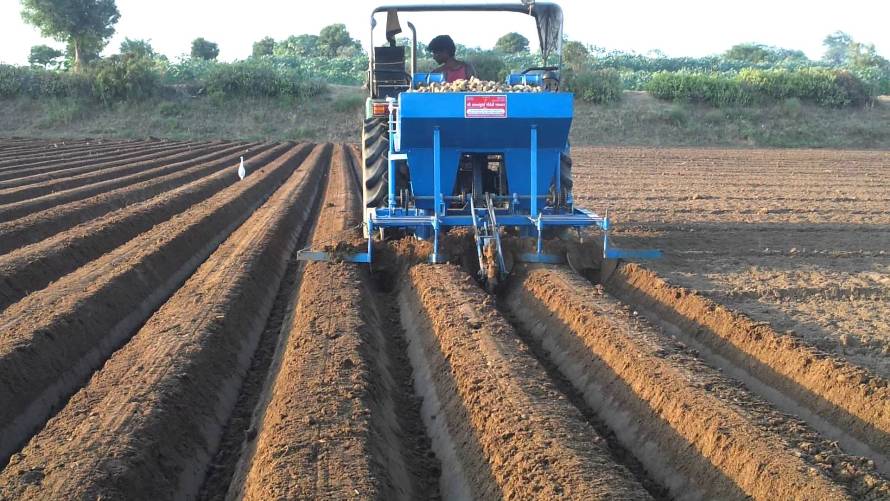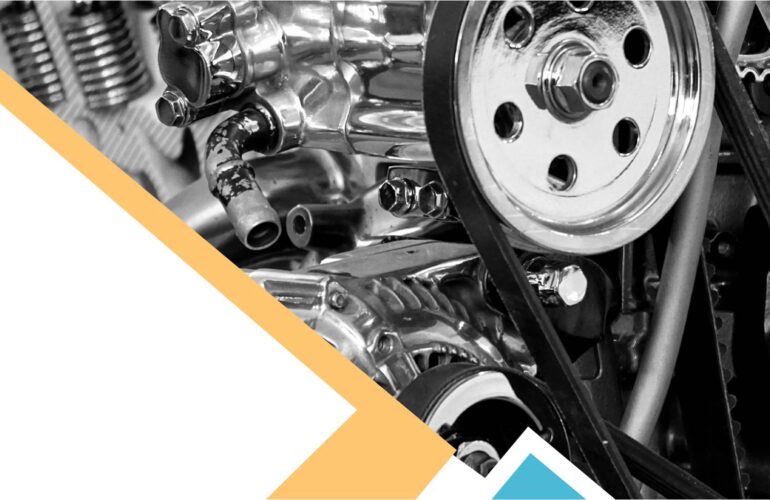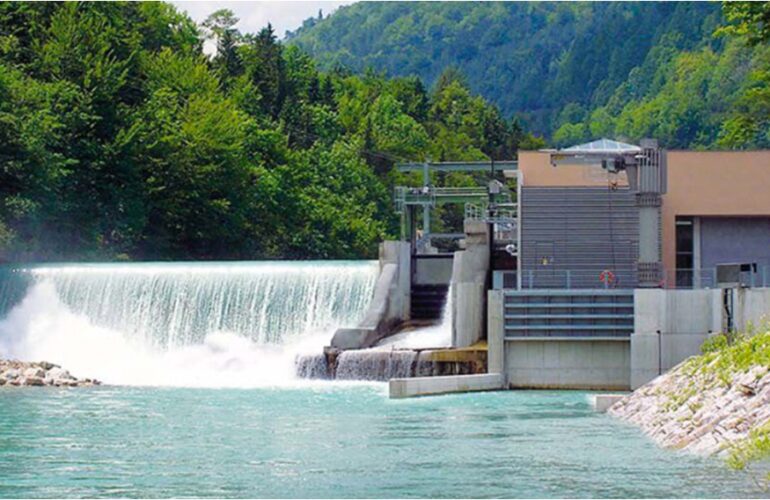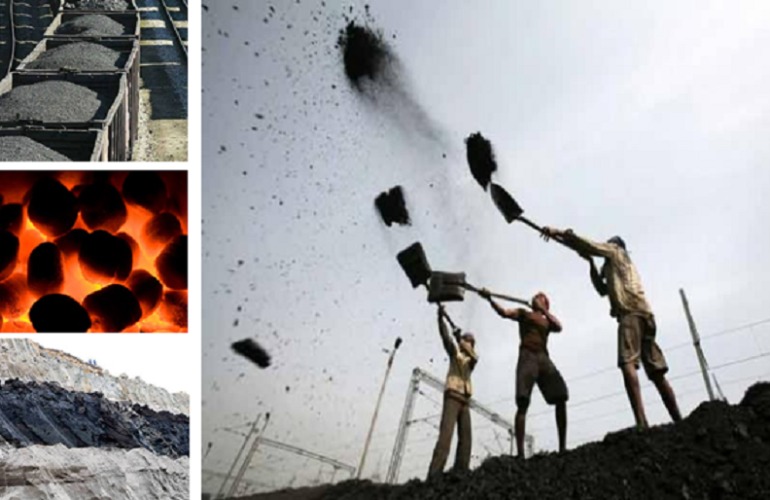From 56.5% in 1950-51 to ~17% in 2016-17, Share of Agriculture in India’s GDP has been on a continuous decline. The decline in growth of agricultural GDP was primarily due to the fall in the production of agricultural crops such as oilseeds, cotton, jute and Mesta, and sugarcane. In 2009-10, despite experiencing the worst south-west monsoon since 1972 and subsequent significant fall in Kharif food grain production, the growth marginally recovered to 0.4 per cent primarily due to a good Rabi crop. Reversal in this decline, will be a critical piece in ensuring India’s GDP consistently grow at over 8% in the times to come. Agriculture plays a vital role in India’s economy. Over 58 per cent of the rural households depend on agriculture as their principal means of livelihood. Agricultural markets remained fragmented even as attempts were made to integrate markets for goods and services. Individual farmers increased investment in irrigation and labour saving devices. Simultaneously, they also increased cropping intensity. Investments paid off as the 2007-12 period was a productive one for agriculture. However, from a national standpoint, government did not do enough to complement private investment in agriculture, particularly in irrigation. The economies of scale that come out of public investment in irrigation serve to both boost production and partially mitigate the investment risks of farmers. Instead of public investment, policy was oriented towards enhancing spending in subsidies riding on inefficient delivery mechanisms, which left farmers vulnerable to calamities. Government has realized that to catapult India into 8% GDP growth trajectory, will be possible if all the three sector i.e. Agriculture and allied, Industry and Services, grows in tandem from strength to strength. In all probability, services sector will reflect growth exhaustion and industry may not compensate for this exhaustion completely, which means the burden to bridge the growth deficit will fall on Agriculture sector. And for agriculture sector to fire all cylinder, Government will have to by reorienting its spending priorities and helping states with their outreach. India’s farm yields need to improve and hence the entire farm and agriculture ecosystem, needs a revival steroid; Crop yields in India are still just 30% to 60% of the best sustainable crop yields achievable in the farms of developed and other developing countries. And poor infrastructure and unorganized retail means India has one of the world’s highest levels of post-harvest food loss. Government will have to improve its outlay towards agriculture which involves, augmenting irrigation facility, efficient supply chain for consumption of produce and supply of fertilizer and seeds, cheaper credit facility, crop insurance, regular revision of MSP, mechanization etc. Urban Local Bodies PM Modi devoted an entire episode of his Mann ki Baat radio talk show to rural issues. He was sympathetic to the plight of farmers buffeted by adverse weather conditions and promised to craft supportive policies. He needs to design them immediately as Indian agricultural sector has entered a challenging phase and the thrust of government policies needs to be oriented towards enhancing investment in irrigation infrastructure. This, in turn, has to be supplemented by smarter outreach to introduce better technology. These measures are essential to build a robust farm sector. InfraInsights, certainly sees ache din for the Agriculture sector and that evident from the recent initiatives taken in some of agrarian states like Uttar Pradesh, that has gone ahead and announced loan waiver for farmers, other states will definitely follow suite in some form or other. Eventually, better infrastructure and technology diffusion are key to improving agricultural production. And the Government will do everything possible to fast track the reform process that will transform and eventually lead to growth in agriculture sector. Investing in smarter value chains, improving access to credit, technology and market, insulating farmers from environmental shocks, will create the desired ecosystem. It’s going to be boom time farm and agriculture equipment manufacturers, and it will be only safe to say the best growth is yet to be seen by these OEMs. InfraInsights research report “Demand Outlook on Farm and Agriculture Equipment Market in India by 2024-25”, aims to provide unparalleled insights on initiatives taken by different state to accelerate growth in agriculture sector, ground reality on what farmers make out of the government support, how it will translate to improved spending on technology absorption and what it will means for agriculture equipment OEMs. Report will be delivered through mix of primary and secondary research and will be an indispensable source of insights and information for companies to future proof their growth plans.
- Executive Summary
- Approach & Methodology
- Agriculture Sector in India
- Agriculture contribution to GDP
- Trend in Share of Agriculture in India’s GDP
- Adoption of Technology
- Mechanization trend in India’s agriculture landscape
- Agriculture Value Chain to Equipment and Equipment Application Mapping
- Land Development, tillage, seed bed preparation
- Sowing and Planting
- Weeding, inter-cultivation and plant protection
- Harvesting and Threshing
- Post-Harvest and Agro Processing
- Key demand drivers for agriculture equipment demand
- Credit support
- Credit support
- Crop Insurance
- MSP Hikes
- Good Monsoon
- Irrigation Infrastructure
- Consolidation of Farms
- Government subsidy to purchase equipment
- Rising Rural Wages
- Level of Mechanization in Agriculture
- Extent of Mechanization vs Manual
- Key States
- Correlation between farm size, crop produce, MSP with mechanization
- Profile of clusters with high mechanization
- Profile of clusters with low mechanization
- Benchmarking of key agriculture states
- Penetration of agri equipment per 1000 hectare of land
- Trend related to Equipment Procurement Vs Equipment on Hire
- Factors that influence decision on hire vs own
- Power Capacity
- Brand
- After Sales Service
- Price
- Fuel Consumption
- Typical profile of farmers opting for own
- Typical profile of farmers opting for hire
- Business case for Hire and against Hire
- States / clusters preference for hire vs own
- Factors that influence decision on hire vs own
- Socio-economic profiling of different farmers from different states
- Profiling of leading agriculture states of India
- Punjab
- UP
- Maharashtra
- Madhya Pradesh
- Gujarat
- Rajasthan
- Haryana
- Karnataka
- Bihar
- West Bengal
- Mizoram
- Odisha
- Installed base of Farm & Agriculture Equipment Market in India
- Installed base estimate by states, regions, clusters
- Growth trend (10 year data)
- Farm & Agriculture Equipment Market in India in 2016-17
- Market Landscape
- Key OEMs – manufacturing capacity
- S&D structure
- Key Equipment financiers
- By Equipment
- By OEMs
- By capacity rating
- By OEMs
- By States / Regions
- By Out-right purchase vs Hire
- Imports details
- Market Landscape
- Identifying the need gap analysis
- Issues faced by farmers as far as operation and maintenance of farm equipment are concerned
- Issues faced in purchase or hire of equipment
- Issues faced in availing government schemes
- Farm & Agriculture Equipment Market in India by 2024-25
- Scenario 1: MSP Hikes, Good Monsoon, Spend on Irrigation Infrastructure
- Scenario 2: MSP hikes as BAU, Farm Loan Interim Relief
- Market forecast by
- By Equipment
- By OEMs
- BY States / Regions
- By Out-right purchase vs hire
- PPP Opportunity
- Technology
- Finance
- Supply Chain
- Statewise PESTEL Analysis to gauge risks to the demand prospects
- Farm & Agriculture Covered (Tractors, Levelers, Ploughs, Dozers, Scrapers, Drill, Seeder, Planter, Dibbler, Trans planter, Harrow, Tiller, Sprayer, Duster, Harvester, Thresher, Digger, Reaper, Sheller, Seed Extractor, Deshusker, Huller, De-huller, Cleaner, Dryer, Mill)
 We create value for our customers by amalgamating deep functional and energy industry expertise. Our solutions range from in depth research reports to advisory services enabling our customers with energy market insights to take informed decisions, grow and improve on their competitiveness.
Leveraging our breadth of geographical reach we provide solutions in entire energy value chain be it coal, power, oil and gas or renewable. We are a reliable and efficient source comprising of best in class talent pool which provides answer to all the challenges of the energy industry
We create value for our customers by amalgamating deep functional and energy industry expertise. Our solutions range from in depth research reports to advisory services enabling our customers with energy market insights to take informed decisions, grow and improve on their competitiveness.
Leveraging our breadth of geographical reach we provide solutions in entire energy value chain be it coal, power, oil and gas or renewable. We are a reliable and efficient source comprising of best in class talent pool which provides answer to all the challenges of the energy industry



